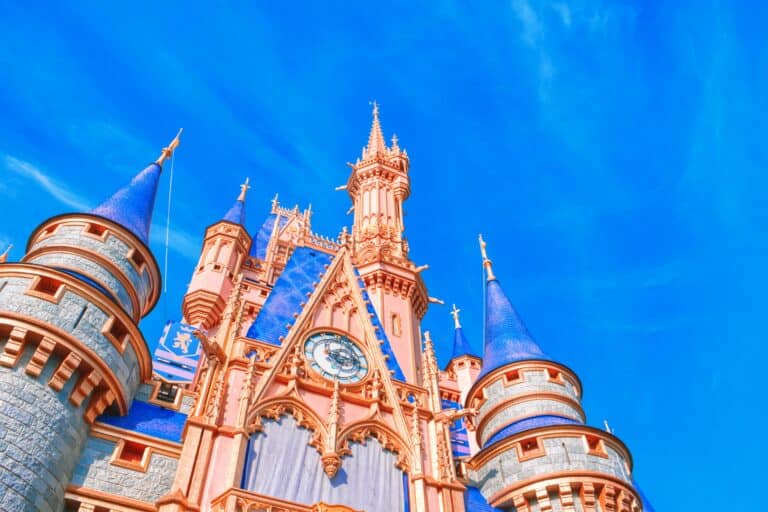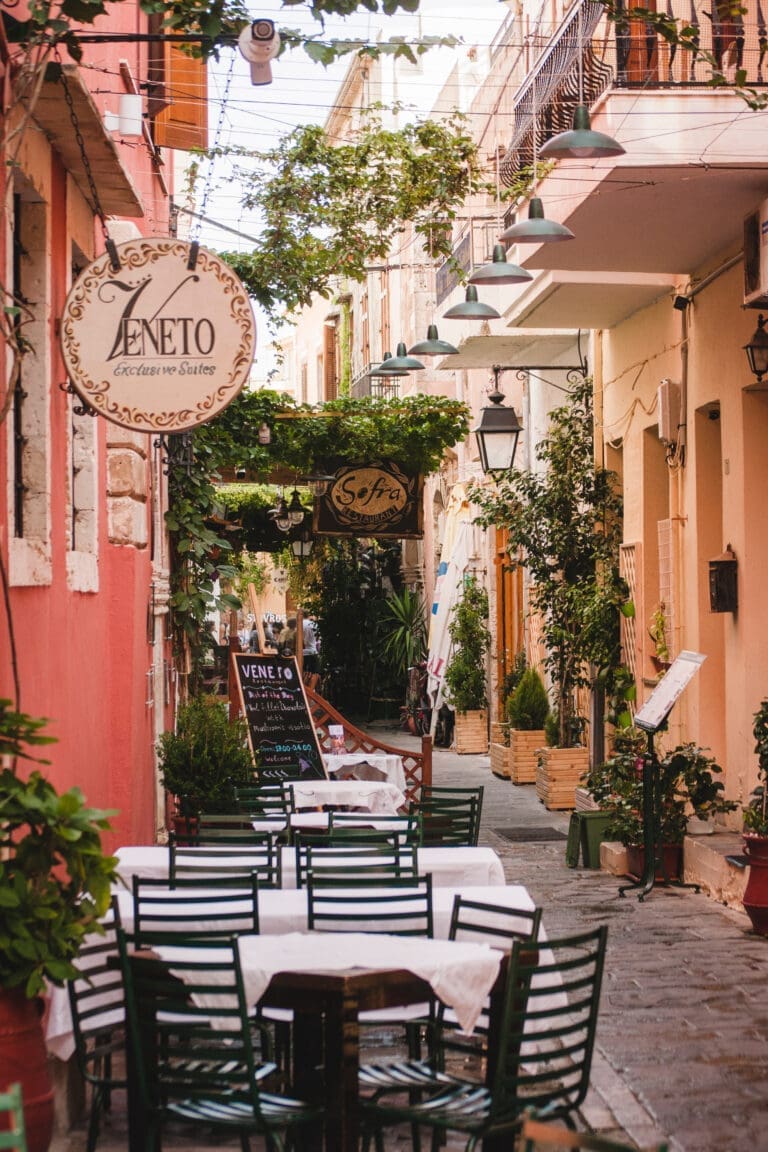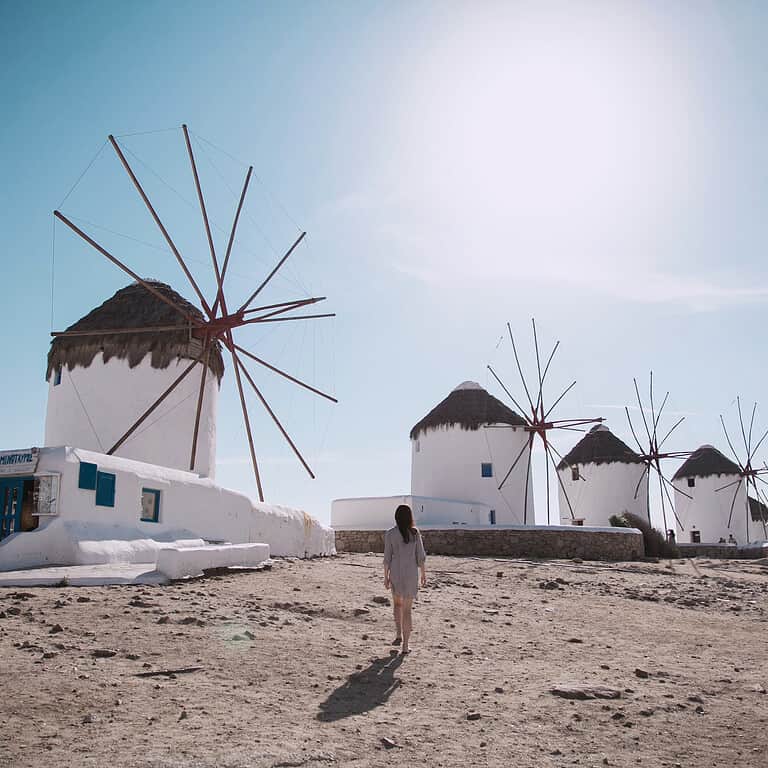The Weather in Iceland in July is Amazing!
Disclosure: This post may contain affiliate links. Teach Travel Discover is a participant in the Amazon Services LLC Associates Program as well as other affiliate programs. These are designed to provide a means for us to earn fees by linking to Amazon and affiliated sites at no extra cost to you. Please see our Privacy Policy for more details.
Rejoice! Winter is over and spring is here! No more cold temps, wind chill factors, or snow. The weather in Iceland in July is amazing! So, it’s time to consider your next vacation!
Iceland, “The Land of Fire and Ice”, is a gorgeous, mountainous, island nation. It is known for its volcanoes and glaciers alike. The land was the last part of Europe to be settled. Norse settlers took the area easily because it had so few people. Much of the inhabited land is on the coasts of Iceland. But more than 50% of the population lives in or near the capital city of Reykjavik.

Based on its parliamentary constituencies, the country is divided into eight regions. Each region has something special to offer visitors. Because the country is easy to navigate as a self-drive experience, you might consider some of the following highlights from each region for your next summer vacation to Ice- land.
Take advantage of their midnight sun to enjoy the natural wonders, history, traditions, and culture. You will likely notice the Viking influence in all things and how the Icelandic language has changed very little over the centuries.

First Explore the Capital Region
Located in southwestern Iceland, this region includes the capital city, Reykjavik. One of the most notable sites to visit in this region includes the famous Hallgrímskirkja Church. Its a Lutheran/Church of Iceland church, which is the largest and tallest church in Iceland.
Outside of the church is a statue of Leif Ericson who was born in Iceland around 970 AD. He is thought to be the first European to land in North America, nearly 500 years before Christopher Columbus. You can also visit Althing, the world’s oldest and longest-running parliament, created in 930 AD.

In winter and summer shoulder months, one of the most enticing things to experience in Iceland is the Northern Lights which you can observe from the Grótta Nature Reserve on the tip of the Seltjarnarnes Peninsula.
I also recommend Ireland in the summer! Check out my blog post here on the most unique places to visit in Ireland!
In July, When The Weather is Nice… Visit the Southern Peninsula
Part of Reykjanes Peninsula, this area is home to the Blue Lagoon, a luxury spa, and a hot spring. It is also home to a volcano that erupted in March 2021 after lying dormant for about 6,000 years. Another thing worth experiencing in this region is the Bridge between Continents. As it sounds, you can walk from Europe to North America where the Eurasian and North American tectonic plates meet.

Next Up, Explore the Western Region
Westfjords
In Northwest Iceland, the Westfjords are the second most remote area as they are not accessible right off the main Ring Road. You can see the Drangajökull Glacier and visit Látrabjarg, one of the biggest bird cliffs in the country where the puffins are very tame and not intimidated by visitors. You can also find Raudisandur, a unique red sand beach.
- Follow the trail clockwise to see Godafoss Waterfall, known as the Waterfall of the Gods. It is said that in 100 AD, Porgeir Ljosvetningagooi threw the Norse god statues into the water after making Christianity the official religion.
- The next stop is Húsavík, the oldest settlement in Iceland, considered the Whale Capital of Iceland. This area boasts 23 different whale species, so it is the premier place for whale watching.
- The third site is Asbyrgi Canyon, a natural wonder. Part of the Vatmajokull Nation Park, you can hike to see this crescent-shaped canyon.
- Take in Dettifoss Waterfall, the most powerful waterfall in all of Europe, with water flowing at a rate of 500 cubic meters of water per second.
- Then you can hike along a canyon trail from Asbyrgi to Dettifoss. Finish up your time on the Diamond Circle at Lake Mývatn, a shallow lake near the Krafla Volcano surrounded by wetlands.



This area also is rich in freshwater seaweed and is home to abundant birdlife, specifically a very large variety of ducks during summer. Visiting Iceland in July (or anytime in the summer is worth the adventure, but keep in mind, a lot of Europeans have the same ideas!
Pro Tip: Book early (at least 6 months to a year out) or you will not have a lot of options to choose from.
Eastern Region
Also known as Austurland, this region is made up of waterfalls, mountains, narrow fjords, and small villages. The primary experience in this area is to explore the Ring of Riverdale which is designed around the Largarfljot Lake and starts in the main village of Egilsstaðir.
Be sure to allow time for a visit to Vök Baths, one of the premier geothermal spas in Iceland. Also in this region, you can visit Hallormsstaðaskógur, Iceland’s largest forest.
Take a hike up to Hengifoss, the country’s second-largest waterfall. Other noteworthy things to see are the Tvísöngur sculpture by Lukas Kühne which is a combination of concrete, nature, and sound that represents Iceland’s five-tone harmony, and the Regnbogagata (rainbow street) in Seyðisfjörður which is popular to locals and visitors alike.

The Highlands Region is the Next Stop on Your July Iceland Adventure
Despite being a completely uninhabited region, there is much beauty to behold in this area that is most accessible during the summer months. Landmannalaugar nature reserve has premier hikes that show off its colors and beautiful sites like the Ljótipollur Explosion Crater Lake and Bláhnúkur Volcano.

This region is home to Helka, one of the world’s most active volcanoes, and many glaciers like Eyjafjallajökull, Mýrdalsjökull, and Tindafjallajökull. There is also Europe’s second-largest national park, Vatnajökull National Park, which was established in 2008 around the Vatnajökull glacier and geothermal activity. Vatnajökull is also Europe’s largest glacier.
Finally…Visit the Southern Region
This region is best known for the Golden Circle sightseeing route with three natural attractions – the Geysir Geothermal Area, Gullfoss Waterfall, and Thingvellir National Park, a UNESCO World Heritage site. Thingvellir is a shrine to the history of Iceland as it was where their Parliament began.
The Great Geysir is inactive now, but you can also visit its sister geyser called Strokkur, or the Churn, which erupts about every 10 minutes. The third site, the Gullfoss Waterfall, is both powerful and beautiful when rainbows float up from the water.
So, grab some local snacks, like harofiskur (fish jerky) and skyr (soft cheese), a few bottles of water, and head out on an epic road trip around Ring Road to the different Iceland regions. You won’t be disappointed by the natural wonders you will see and experience along the way.

When you are ready to take the next step, just remember that you can always schedule a time to work with me!







